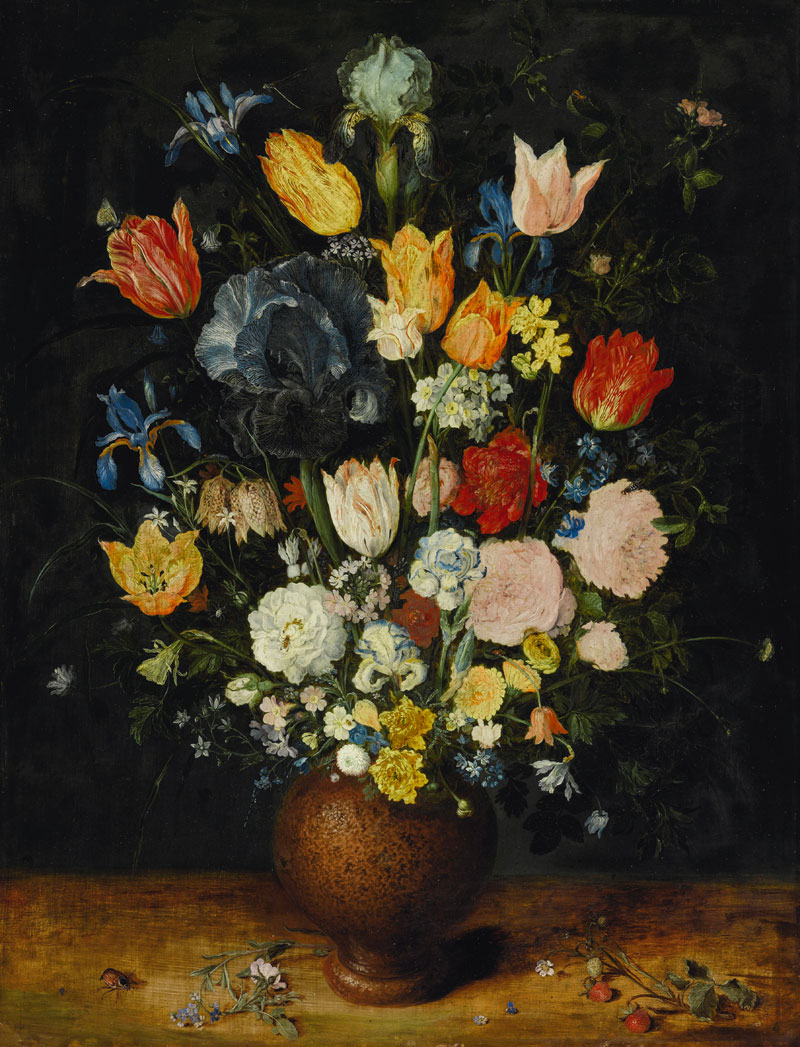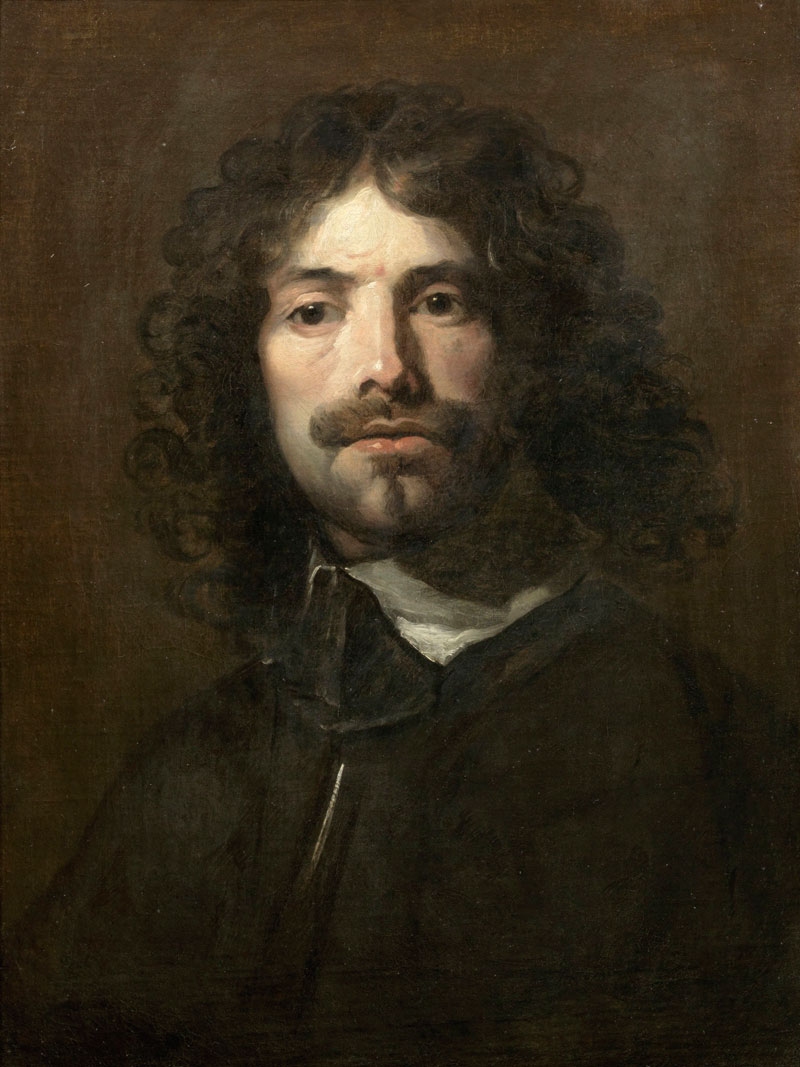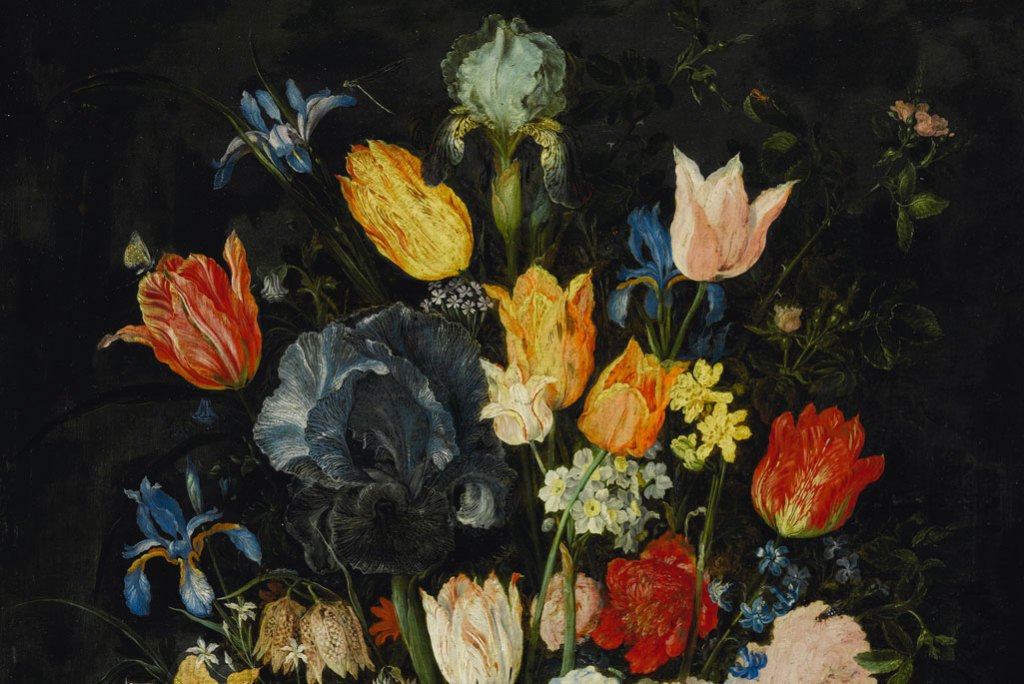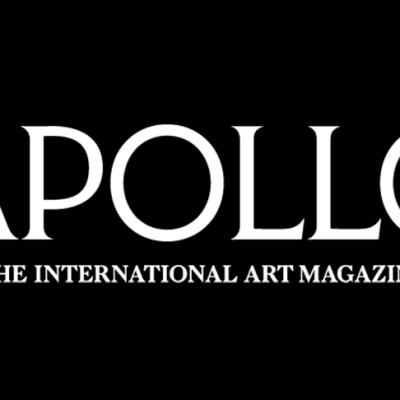Anyone scanning the headlines would have been impressed by the results of the ‘classic art’ auctions in London in July. As predicted – not least on these pages – mighty prices were found for exceptional works. Rubens’ monumental Lot and his Daughters, for instance, was the star turn not only of Christie’s Old Master and British Paintings evening auction on 7 July, but of the entire week. This museum-quality canvas came to the block with an estimate ‘in excess of £20m’ and sold for a mighty £44.9m, a house record for an Old Master (Rubens’ Massacre of the Innocents had fetched £49.5m at Sotheby’s in 2002 and still holds the record for the most expensive Old Master painting sold at auction). Three bidders were prepared to part with more than £30m to secure this market rarity – and if one can draw deductions from who was representing them, one of the contenders was Asian, at least one of them European and the victor, a collector of contemporary art.
On 6 July, Sotheby’s London’s Old Masters evening sale garnered a handful of records. Its top lot was a rare oil painting by Jean-Étienne Liotard, who usually worked in pastel – A Dutch Girl at Breakfast, of around 1755–56. Unusual, too, in being a genre scene rather than a portrait, this homage to the 17th-century northern masters was memorable for its bravura painting of surface and textures – of the young woman’s polished blue tabletop and its gleaming porcelain and silver on a red lacquer tray. Without the red ribbon unravelling diagonally across the table’s blue ground, the whole composition would fall apart. It sold to an anonymous institution for an auction record for the artist, £4.4m, but attracted only a single bid (estimate £4m–£6m).
Still Life of Flowers in a Stoneware Vase (c. 1607–08), Jan Brueghel the Elder. Sotheby’s London, £3.8m

Yet another work fresh to the market and with a remarkable provenance was the Still Life of Flowers in a Stoneware Vase by Jan Brueghel the Elder. ‘Velvet’ Brueghel, as he became known, was the first artist to paint independent flower-pieces in the Southern Netherlands. In a letter to his great patron Cardinal Federico Borromeo in Milan, he outlined his approach to this novel subject, describing the still life that he was producing for the cleric as remarkable ‘as much for naturalness as for the beauty and rarity of various flowers’, and later explaining that each bloom was added to this fantastical bouquet as and when it flowered – every one painted from life.
This early example, datable to around 1607, typically combines strong, rich colour with a delicacy and refinement of handling. Recently restituted to the heirs of Baron Alphonse von Rothschild, it had been appropriated from Schloss Schillersdorf in Silesia in 1939 and allocated to the Národní Galerie in Prague, where it had remained until this year. It sold on target for £3.8m.
Portrait of the artist, bust-length, in a black tunic and white collar (late 1630s), William Dobson Bonhams, £1.1m

Earlier that day at Sotheby’s London’s strong Old Master and British Works on Paper sale, Peter Lely’s spectacular Self-Portrait in black and coloured chalks, arguably one of the greatest drawings of 17th-century England and one which had until then stayed in the artist’s family, exceeded expectations to sell to a UK collector for £869,000. Over at Bonhams, an earthy, direct, and early self-portrait by his contemporary William Dobson – ‘the most excellent painter that England hath yet bred’, according to John Aubrey – tripled its upper estimate to sell to another UK collector for a record £1.1m. There was also a new auction record for John Sell Cotman. His watercolour of picturesque ruins, Part of the Refectory of Walsingham Abbey, Norfolk, made £338,500.
At Sotheby’s London’s Treasures sale on 6 July, most of the top lots generously exceeded their published estimates. The Rothschild Orpheus Cup illustrated in the July/August issue, for instance, changed hands for just over £1m. Moreover, the sale’s first lot, a 7cm-high, early 14th-century walrus-ivory chess piece that once belonged to the legendary collector Robert von Hirsch, soared beyond its estimate of £120,000–£180,000 to change hands for £653,000. Despite its diminutive scale, this is a highly sculptural tour de force, carved fully in the round and offering an imposing image of confident kingship. The young sovereign sits forward on his throne, poised and thoughtful. It had long been suggested that the figure represents the Emperor Frederick II, who had died in 1250, and that the bird of prey perched upon his throne is not an eagle but a falcon (the emperor had written a treatise on falconry).
First Day’s Vase (1769), Wedgwood. Christie’s London, £482,500

Another museum-worthy piece found a high sum at Christie’s London’s rival Exceptional Sale on 7 July. This was one of the six ‘First Day’s Vases’ that Josiah Wedgwood and his partner Thomas Bentley made to mark the opening of the new Etruria factory in 1769 – Wedgwood threw the pots while Bentley turned the potter’s wheel. The two men saw the commercial possibilities of exploiting the new rage for classical antiquities, and these three-handled vessels took their shape from a vase in the collection of Sir William Hamilton, while its red-figure decoration of Hercules in the Garden of the Hesperides came from a plate in Hamilton’s catalogue. These vases launched the ‘ornamental wares’ produced at Etruria. Only four of the six survived firing, and Wedgwood decreed that they should not be sold. This example had passed down in his family and now changed hands for £482,500, against an estimate of £120,000–£180,00.
Scratch beneath the surface, however, and these sale results look a little less robust. Sotheby’s London’s evening sale, for instance, was a modest 65 per cent sold by lot and 66 per cent by value, and realised just £16.5m. Its Treasures sale was 54 per cent sold by lot. Christie’s London’s Antiquities sale was perfectly successful but totalled only £3.8m; European Furniture and Works of Art just £2.6m. It seems that selling great ‘classic art’ is not the problem, even if the competition is a little thin; the difficulty lies in sourcing it.
From the October issue of Apollo: preview and subscribe here.



